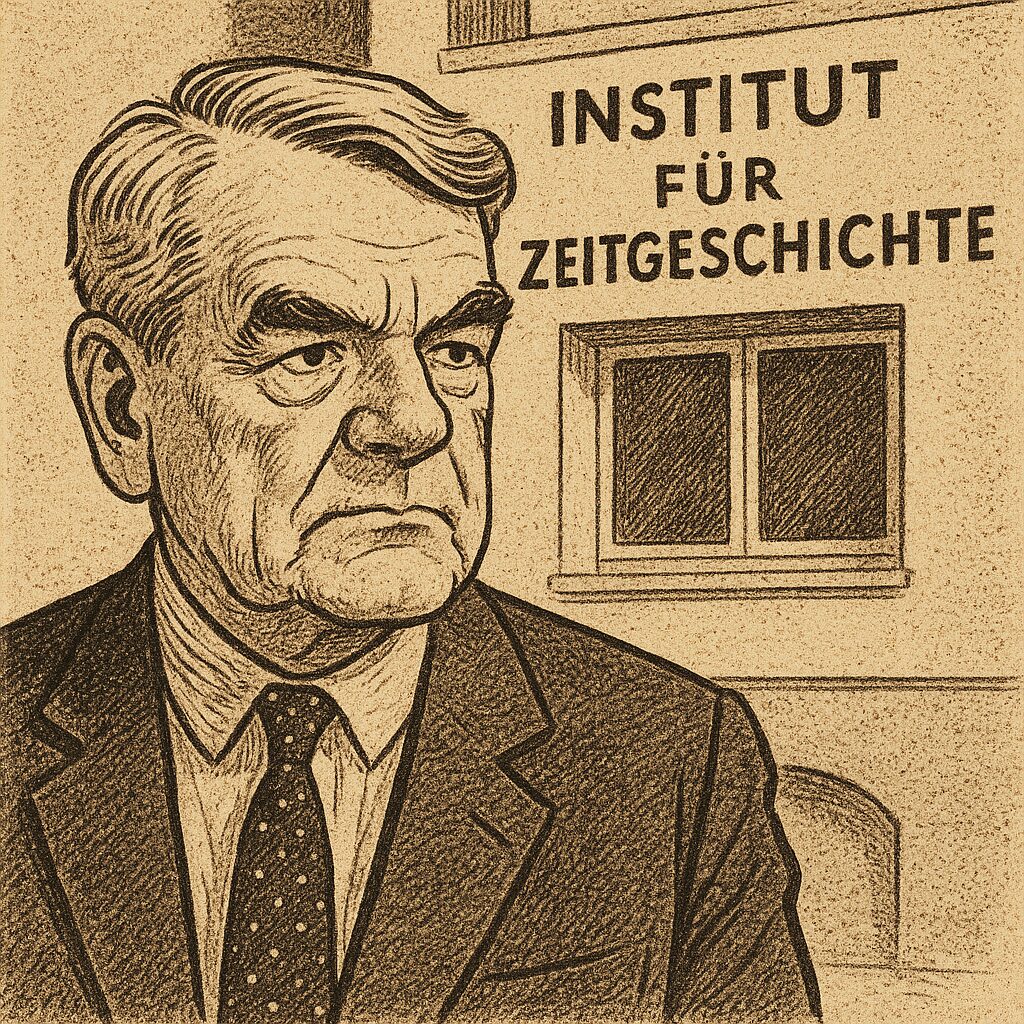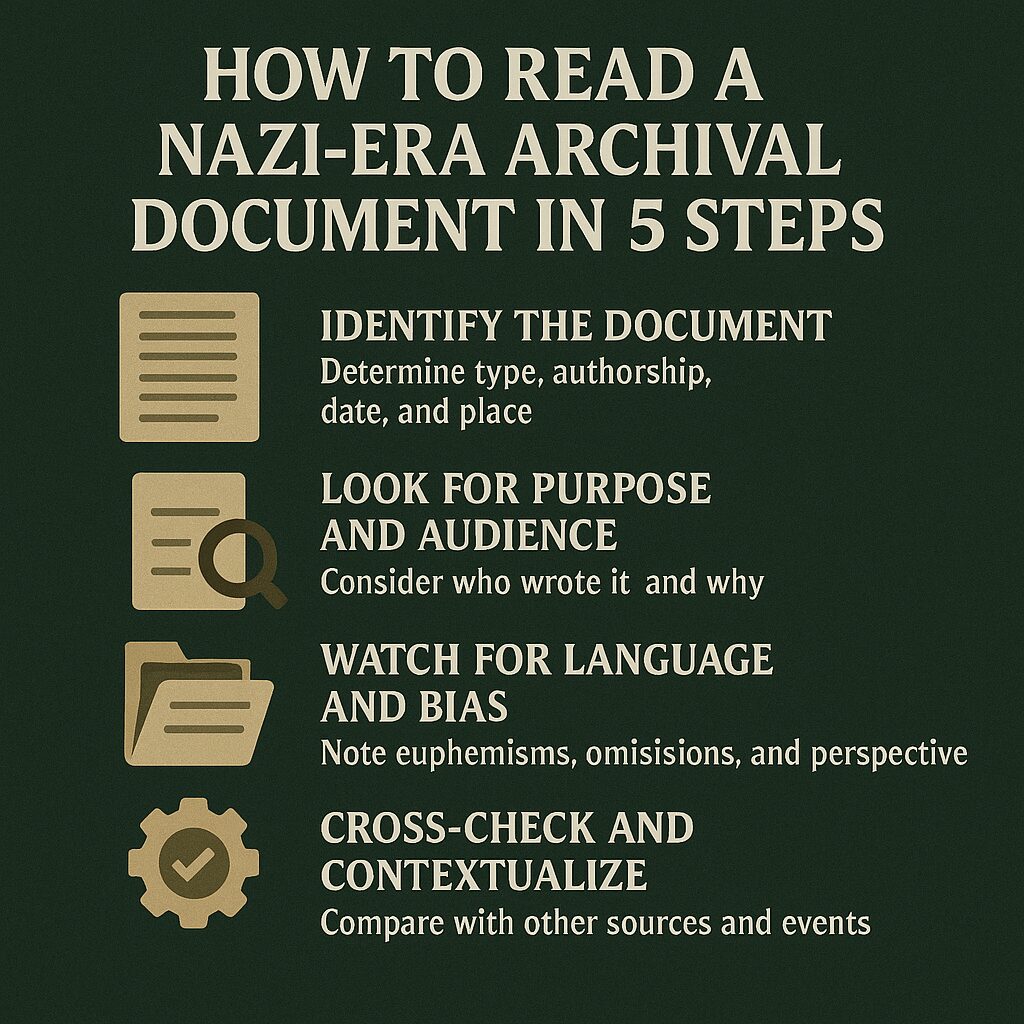Why Digitize the Microfilm Archive?
Microfilm was a popular 20th-century storage medium that allowed libraries and archives to save enormous amounts of information in a tiny format. Thousands of pages of documents, newspapers, or letters can be condensed onto a single reel of film. However, microfilm has its drawbacks. The images can deteriorate over time – decades of storage in fluctuating temperatures or humidity can cause film to fade or become brittle. Additionally, microfilm is practically unusable without specialized readers.
For us, digitization was the solution to these problems. By converting microfilm to digital files, we preserve the content before it degrades and remove the access barriers. Once scanned and digitized, the materials can be viewed on any computer, shared online, and duplicated for safekeeping. Researchers can access digital copies worldwide without risking damage to the original film. Preservation and access go hand-in-hand – we want to save historical information and make it available to everyone.
What Materials Were Included?
Our microfilm collection spans a wide range of rare historical materials. Many of the reels contain governmental records, military intelligence reports, personal correspondence, and diaries from the World War II era and other periods. Many had never been published or available outside archival vaults before. For example, some of our most significant microfilms hold pages from the diaries of Joseph Goebbels, obtained from Russian archives (formerly KGB files).
By digitizing these microfilms, we are bringing hidden history to light. Researchers and history enthusiasts can now examine wartime correspondence, internal communications, and other primary sources that were previously difficult to access.
Choosing the Right Equipment
One of the first challenges we faced was finding an appropriate microfilm scanner. After researching our options, we decided on the ScanPro 2000 microfilm scanner. This model is well-regarded in libraries and archives for its versatility and image quality. The ScanPro 2000 can handle various microform formats and offers high-resolution scanning. It can save images in multiple formats and has built-in image enhancement features.
Sourcing this equipment, however, was a hurdle. New microfilm scanners are expensive, and as a small independent archive we had budget constraints. Eventually, through persistence, we acquired a pre-owned ScanPro 2000 from a university library upgrading its systems. Owning the equipment meant we could scan at our own pace and handle delicate reels in-house.
Tools and Software We Used
We relied on a combination of hardware and software tools to get the job done:
- ScanPro 2000 Microfilm Scanner – The core of our operation.
- Adobe Photoshop and Acrobat – For post-processing and organizing the digital files.
- ChatGPT – As a writing assistant for descriptions, summaries, and structuring explanatory text.
Learning the Process (Challenges and Lessons)
When we first set up the ScanPro 2000, we had a steep learning curve. None of us on the team were microfilm-scanning experts at the start. The scanner arrived with a manual and software tutorials, but it still took hands-on trial and error to get it right. We began by scanning a few test reels to familiarize ourselves with the controls.
We also sought community input and did research to improve our technique. Online forums and library tech blogs proved helpful – we found tips from other archivists who had done microfilm digitization.
Building an Efficient Workflow
After several weeks of learning and refining, our team established a repeatable workflow:
1. Preparation & Setup
2. Initial Scanning Pass
3. Quality Control & Cleaning
4. Compilation & Metadata
5. Backup & Preservation
6. Public Access & Delivery
Tips for Other Projects Starting Out
For other libraries or archives considering microfilm digitization, here are some lessons learned:
– Do Your Homework on Equipment
– Start Small and Practice
– Maintain and Clean Regularly
– Monitor Quality Continuously
– Leverage Software Tools
– Document Your Workflow
– Don’t Be Afraid to Ask the Community
– Plan for the Future
Ongoing Improvements and Next Steps
Our project is an ongoing effort. We plan to apply more advanced OCR to make the archives fully text-searchable. We are also exploring upgrading our scanning capabilities and expanding our website’s features for the digital collection. Transparency is important to us – by detailing our process, we hope to help other archives and history projects take on similar digitization initiatives.



